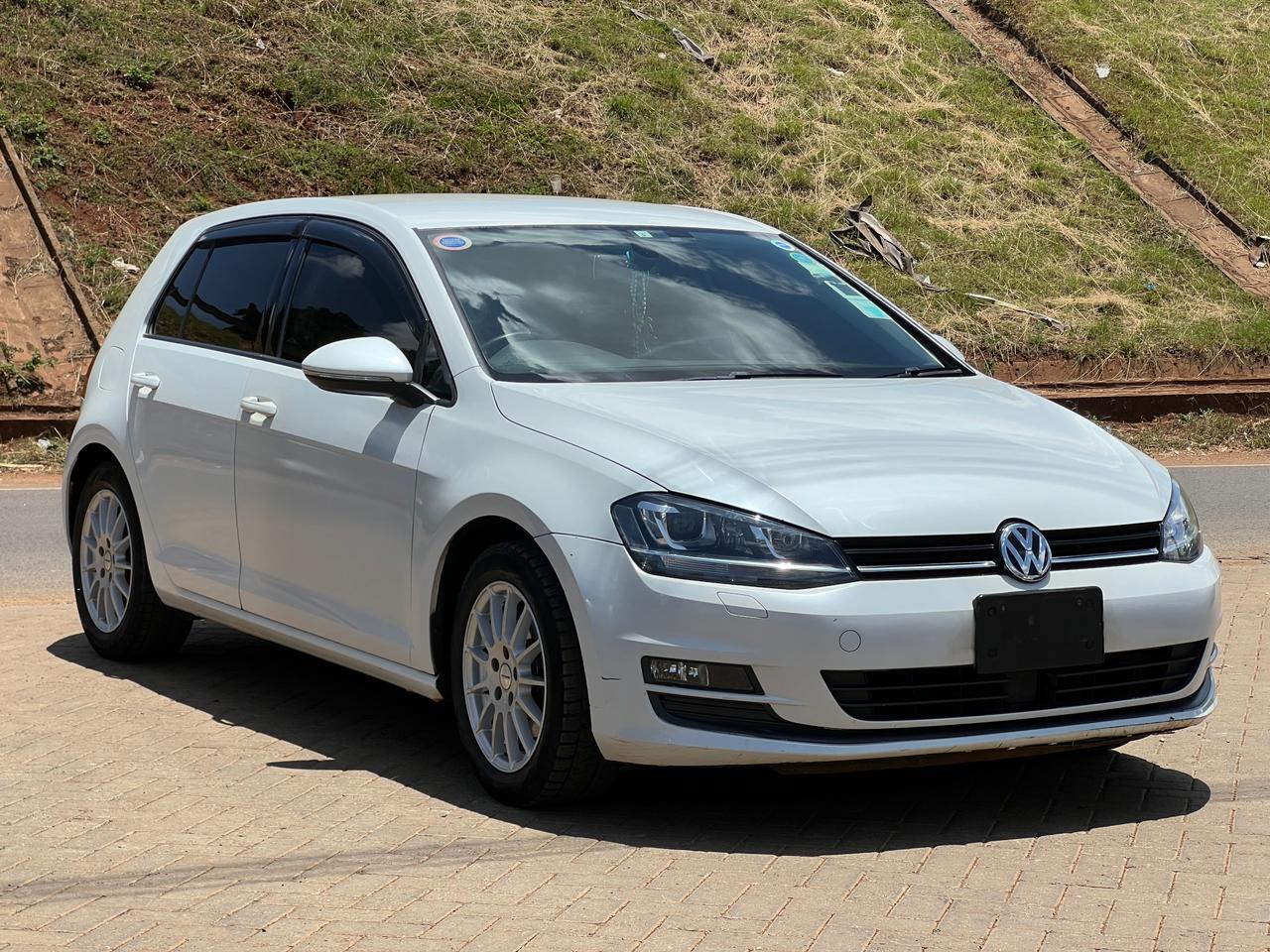🚢 What to Check Before Shipping: Final Pre-Shipment Car Inspection Guide
🚢 What to Check Before Shipping: Final Pre-Shipment Car Inspection Guide
Thinking of importing a car to Kenya from Japan, the UK, or the UAE? Before your dream vehicle sets sail, there’s one crucial step you must never skip — the final pre-shipment inspection. This guide will walk you through what to check, why it matters, and how to ensure your imported car arrives in Kenya in the best condition possible.
🚗 Why Pre-Shipment Inspections Matter
Most car import issues in Kenya could be avoided if buyers took pre-shipment inspections seriously. Once a car is loaded onto a ship, your ability to resolve any mechanical, cosmetic, or legal issues drops to nearly zero. That’s why verifying every detail before shipping is not optional — it’s essential.
🧾 Official Inspection Requirements for Kenya
Before we dive into your checklist, here’s a quick reminder:
Kenya mandates that all used cars imported into the country must pass a quality inspection from a certified body, typically one of the following:
-
JEVIC (Japan Export Vehicle Inspection Center) – Common for Japanese cars
-
QISJ (Quality Inspection Services Japan)
-
EAA (East Africa Automobile Services) – Mostly for UK, UAE exports
These inspections check for:
✅ Roadworthiness
✅ Year of manufacture compliance
✅ Odometer verification
✅ Radiation safety
✅ Structural damage
But while these inspections are mandatory, they are not enough to protect your investment fully. You need to go deeper with your own checklist.
✅ The Ultimate Pre-Shipment Inspection Checklist
Here’s everything you should check — or have checked on your behalf — before authorizing shipment:
1. 🔍 Exterior Condition
-
Body panels – Check for scratches, dents, filler marks, repainting signs
-
Bumpers & fenders – Ensure alignment and no hidden cracks
-
Lights – Headlights, indicators, brake lights should work and be intact
-
Glass & mirrors – Inspect for cracks, chips, fogging
-
Rust – Common near wheel arches, sills, under doors
-
Paint – Match across all panels, no overspray or fading
📸 Tip: Ask for high-resolution, close-up images of all sides in daylight.
2. 🛋️ Interior Condition
-
Seats – Check for tears, stains, burns, sagging cushions
-
Dashboard & controls – Should be clean and all buttons functional
-
Infotainment system – Test audio, navigation, camera if installed
-
Air conditioning – Cooling and fan speeds must work
-
Odometer reading – Take a clear photo; cross-check against auction sheet
🔒 Red Flag: Mismatched wear and tear vs. mileage may indicate odometer tampering.
3. ⚙️ Mechanical Checks
If possible, get a third-party mechanic in Japan, the UK, or UAE to run these diagnostics:
-
Engine – No unusual knocking, leaks, or excessive smoke
-
Transmission – Smooth gear shifts (especially CVTs and DSGs)
-
Suspension – Listen for clunks; test ride quality
-
Battery – Should be recent and charging properly
-
Belts & hoses – No cracks or frays
-
Fluid levels – Check oil, coolant, transmission fluid
-
Brake pads & discs – Must have sufficient life left
-
Steering & alignment – No pulling to one side
⚠️ Don’t just rely on the inspection report — ask for a cold-start video of the engine!
4. 🛞 Tires and Underbody
-
Tire tread – Minimum 3mm is ideal
-
Tyre age – Check manufacture date (DOT code)
-
Spare wheel – Must be present and in good condition
-
Jack & tools – These are often forgotten
-
Underbody – Look for rust, oil leaks, frame damage
🧯 Bonus Tip: Ensure the car includes a fire extinguisher and triangle — it’s a Kenya requirement.
5. 📜 Documentation You Must Review
Before shipment, you should receive scanned or photographed copies of:
-
✅ Original auction sheet (for Japan)
-
✅ Export Certificate
-
✅ JEVIC/QISJ/EAA inspection certificate
-
✅ Commercial Invoice
-
✅ Bill of Lading (after shipping)
-
✅ Shipper/Exporter company name and registration details
-
✅ Vehicle logbook or registration copy
🛡️ Verify everything matches: VIN, chassis, engine number, mileage, and specs.
🧠 Common Buyer Mistakes Before Shipping
Even experienced importers sometimes make avoidable errors. Avoid these:
-
Not verifying exporter authenticity – Use a verified exporter only.
-
Approving shipment too fast – Always inspect first, then ship.
-
Ignoring minor faults – Small issues abroad become big repairs in Kenya.
-
Assuming all cars are inspected equally – Some inspections are basic.
-
Not requesting videos – A 2-minute video can reveal engine and interior issues.
🚫 Red Flags Before You Approve Shipping
If you notice any of the following, pause and investigate further:
-
❌ Different mileage on auction sheet vs dashboard
-
❌ Seller avoiding questions or delays in sending photos/videos
-
❌ Missing JEVIC/QISJ/EAA inspection document
-
❌ Vehicle listed as “RA” or “R” (accident repair) but no bodywork is visible
-
❌ No chassis number photo or unclear photo
💬 Communicating With Exporters
Here’s what you can request before shipment:
✅ Clear daylight photos (interior, exterior, underbody)
✅ Engine cold-start video
✅ Odometer and VIN close-up
✅ Screenshot of inspection certificate
✅ Exporter’s business license and physical address
🔑 Use email or WhatsApp — written communication protects you if disputes arise.
📦 Pre-Shipping Approval Checklist (Final Review)
Before the car leaves the port of origin, tick off:
-
✅ Received all inspection documents
-
✅ Matched odometer, VIN, engine number
-
✅ Confirmed payment and shipping schedule
-
✅ Got full set of media (photos + videos)
-
✅ Agreed to Incoterms (FOB/CIF) and port of landing
-
✅ Checked exporter reviews or reputation
🇰🇪 What Happens After Shipping?
Once your car ships:
-
You’ll receive the Bill of Lading within 3–7 days
-
You’ll track the ship’s arrival at Mombasa Port
-
Clearance will begin, often assisted by a clearing agent
-
KRA will use inspection docs + car year + CC + depreciation to assess taxes
-
You’ll need the full set of documents to register your car locally
🧭 Final Thoughts: Be Thorough, Save Thousands
Skipping the final pre-shipping inspection is like buying a car blindfolded. The 1–2 days it takes to properly inspect, verify, and confirm everything can save you from years of regret and thousands of shillings in repair or fraud recovery.
At Code & Clutch, we always advise:
👉 Inspect, verify, confirm — then ship.
Because once the wheels leave the dock, your options shrink fast.





Comments